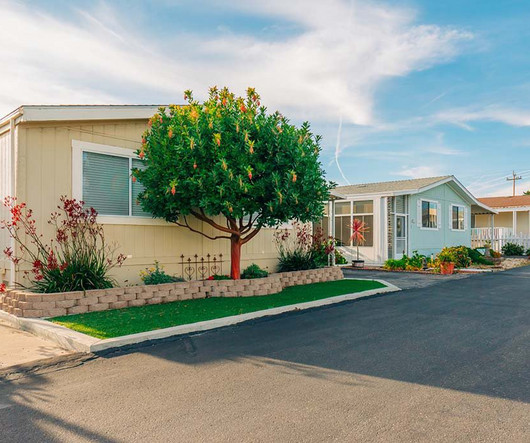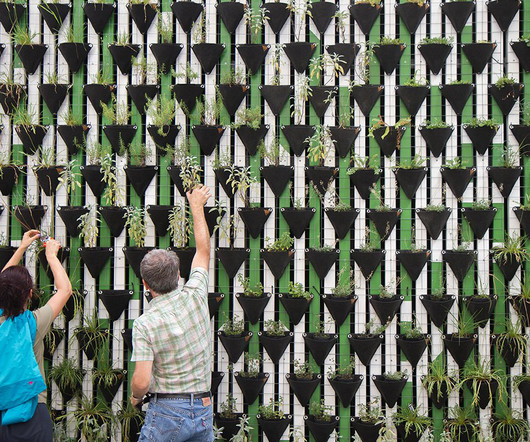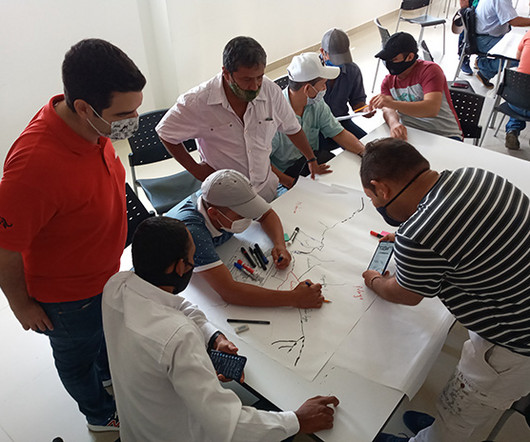The Social Impact Investment Mirage
Stanford Social Innovation Review
NOVEMBER 17, 2022
We will share our experience, and those of our peers, to argue that this funding ecosystem needs to be reimagined to truly support social entrepreneurs and collectively address the global problems they are tackling. The False Binary Between For-profits and Nonprofits: Where the Troubles Begin. The Investment Mirage.














Let's personalize your content